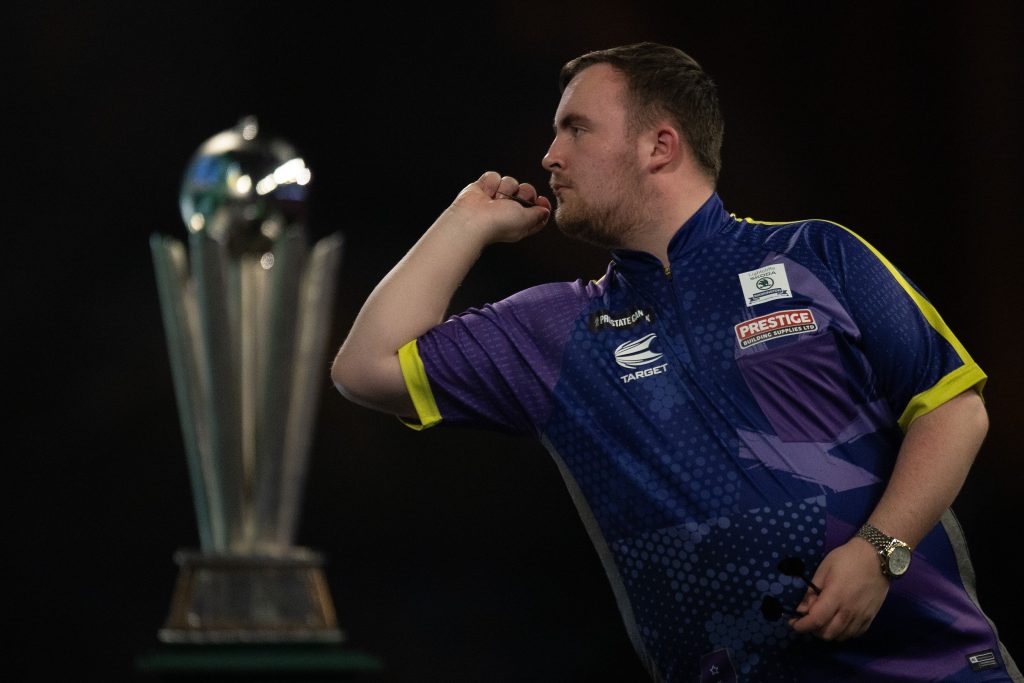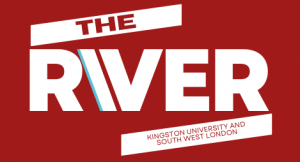Hidden in an alley, underneath the railway line in Southwark, a pool bar sits away from the streets of corporate London. Under the Shard’s towering presence, a glimpse into an older London can still be found. The sound of a train rattling overhead can be heard from within Spots and Stripes Pool Club where London’s dart scene can be found, as can a view of London’s darting future. The City of London Darts Association (CoLDA) is hosting their Speedway Event, one of the many competitions they hold throughout the year, in addition to their thriving singles league. The Individual Darts League (The IDL) is a separate competition that also has a singles league on the way up. Combined, the two leagues have hundreds of players, showing that the sport is far from dead, and in fact, is on the rise.
The PDC World Darts Championship final took place on January 3, and 16-year-old Luke Littler narrowly missed out on a victory during his debut campaign in the competition, losing to Luke Humphries 7-4. This tournament, and this player in particular, has brought unprecedented attention to darts. Some 4.8 million people tuned in to watch the final, with a peak of 3.71 million it was the most watched non-footballing event on Sky Sports. This surge in interest, and with a remarkable 143% increase in viewership compared to 2023, has propelled darts into the mainstream, permeating social media and national newspapers.
Roger Spencer, a co-founder of CoLDA said: “They’re talking about darts on breakfast TV. Places in the old days would’ve looked down their noses at darts. [Luke Littler] has completely shattered all those barriers and now they’re all talking about it, its headline news.”
Littler acted as a gateway into the sport for many who then developed a deeper admiration for darts. Justin Irwin, a darts coach who runs the Capital Arrows blog, said: “So many people stopped being interested in Luke Littler and become much more interested in the game of darts, they really got that it was quite exciting.”

For many the best thing about the game is the ability to meet new people. Darts has become a vehicle to create lasting friendships, offering a social environment where people connect over a shared passion. Spencer said: “I’ve got to make a lot of good friends, there are people I’ve known for 30 years purely from playing darts from when I started in the late 80s and I still keep in touch with them.”
Similarly, Tom McGhee, a competitor in CoLDA’s Speedway Event, said: “I just enjoy playing it. The social side of it, the mathematical side of it, it’s all good. Look how many people are here, everyone is nice, you can talk to everyone, you can have a laugh, have a joke, have a few beers, and enjoy a sport.”
The competitive edge of darts adds to the thrill, providing moments of joy and triumph like any other sport. Irwin said: “When people have little moments of joy and moments of glory because you hit that double or you hit that bullseye, that’s what sports is about.”
However, despite the popularity of darts, economic challenges loom over the sports landscape in London. House prices in Inner London have increased by 87.7% since January 2010, while in outer London house prices have risen by 96.2%, according to data from the UK House Price Index. During the same period, the average weekly earnings in the UK have only risen by 51% , according to the Office for National Statistics. Overall, London has become a more expensive place than it was 14 years ago and as a result, bars and pubs are having to adapt and become more commercial to stay afloat.
Paul Butler, the director of The IDL, said: “Either pubs are closing down, or they would rather fit in so many seats, or they would rather go down the ‘charge per lane’ route. It’s a shame, a lot of places take up the sports bar mantra and it depends on which way they want to go. Do they want to go the grassroots route with us, or the social, ‘let’s charge as much as we can’ route.”
The economic strain has led to a decline in the number of dart-friendly establishments in central London. With many people relocating to more affordable places outside the city, it’s harder for them to regularly participate in competitions. Irwin said: “People have been priced out and moved out and then the venues are closing down. In central London, there are less than 40 pubs with dart boards. Whereas there were closer to 150 20 years ago because if they’re taking up room where someone could be spending lots of money on food, they’re not going to keep them.”
Despite these challenges, individual darts leagues such as CoLDA and The IDL have been successful. By allowing players to schedule matches themselves at their convenience, the leagues have adapted to the modern way of life resulting in increased participation. The most recent CoLDA season, which began on January 8, had a record-breaking 282 players signed up, showing the resurgence in London’s dart scene. Irwin said: “Darts has been dying in London for the last 25 years and it’s now showing really positive signs of a new era and a new bunch of growth thanks to the individual leagues.”
Similarly, McGhee said: “The decline of pubs with dart boards is quite drastic, but it’s starting to come back again. Pubs are starting to put dart boards back up. It’s good because it’s moving away from that association of just larger lads drinking and throwing darts. It’s now skilled people throwing darts and it’s really good.”
While concerns about the diminishing number of dart boards in London are genuine, the thriving darting community paints a hopeful picture for the sport. London’s darts scene is not only surviving, but it is undergoing a resurgence, showing that even in the face of economic challenges, the spirit of darts remains.

